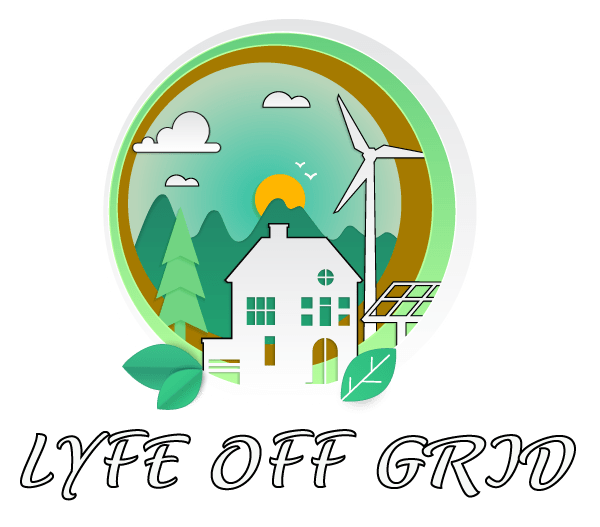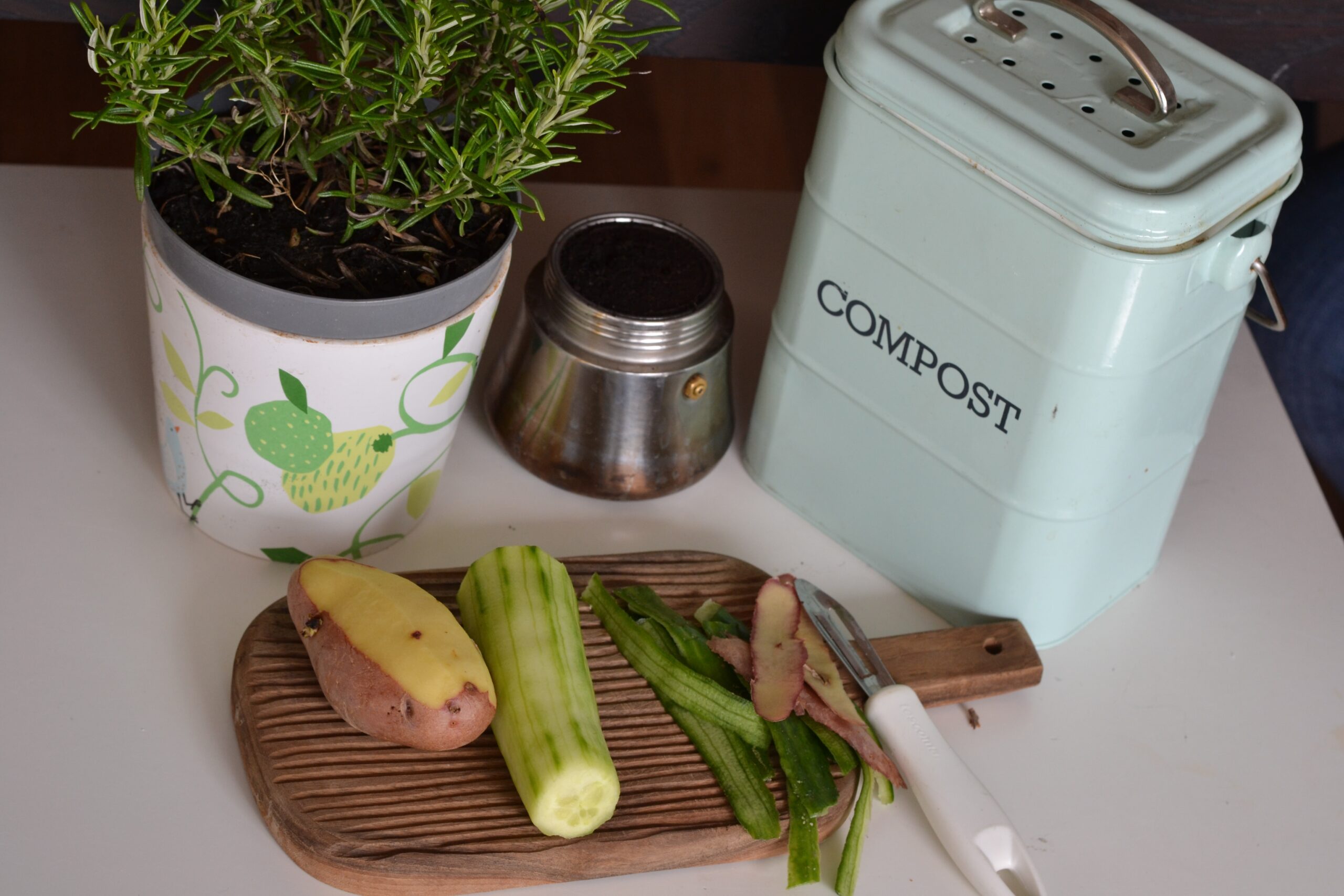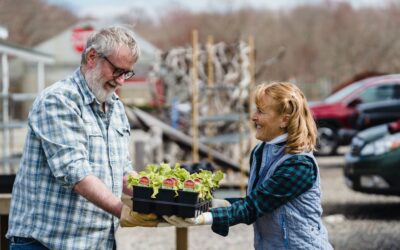Composting at home is useful because it helps you use leftover food to create organic fertilizer. Once the food breaks down and decays, it provides essential nutrients to the soil, allowing your plants to grow.
Once you learn to compost at home, you can use your food waste smartly to create an abundant garden at home. We reviewed 7 DIY projects to compost at home.
1. Use Leftover Vegetables and Fruits
If you’ve got leftover fruits and vegetables, you can use them for compost. For example, every time you cook at home, you will often have onion peels, potato skins, and fruit waste left behind.
All you need to do is collect them in a separate bag, allowing you to create the perfect compost pile. You will have to regularly turn your compost and water it at certain intervals to speed up the process.
2. Use Vermicomposting
This way of composting at home is effective. It can put some people off since it involves using worms.
If you can get over your icky feelings, you will find that adding worms to your compost pile will yield excellent benefits for your garden. You can look up ways to create a worm bin online, allowing you to collect and use worms for your garden’s needs.
3. Utilize a Compost Tumbler
A compost tumbler is an incredibly useful device with two chambers that allows you to create a compost pile. While one side cures, the other side allows adding your ingredients into the chamber. You can regularly turn your compost and heat it quickly in a compost tumbler, making it an excellent DIY solution for your home.
4. Invest in a Countertop Compost
This type of compost pail can be used to store your ingredients in one place. It also comes equipped with a charcoal filter that helps to remove all foul odors, ensuring your living space does not begin to smell.
5. Garden Compost Pile
This is the old-school way of creating a compost pile and involves utilizing a shaded area in your back garden. You can add all kinds of materials onto the pile, which helps layer greens and browns together. If you have a water source nearby, you can spray the pile regularly to maintain its moisture, accelerating the process of converting your raw materials into fresh compost.
6. Use Brown Materials
You can collect autumn leaves to add to your compost pile. Collect any brown leaves from the ground and create an outer layer to enclose your greens. Other examples are wood chips and paper, which can also be used as your brown materials of choice.
7. Collect Green Materials
These materials are moist and contain nitrogen, making them perfect for adding to your compost pile. You can use anything from eggshells and fresh leaves to tea bags, which will decay and become healthy nitrogen sources.
Composting at home is a fun activity, and you learn the importance of utilizing food waste and other materials to create healthy compost. You can use composting to create an abundant garden that allows you to grow fruits and vegetables at home.






